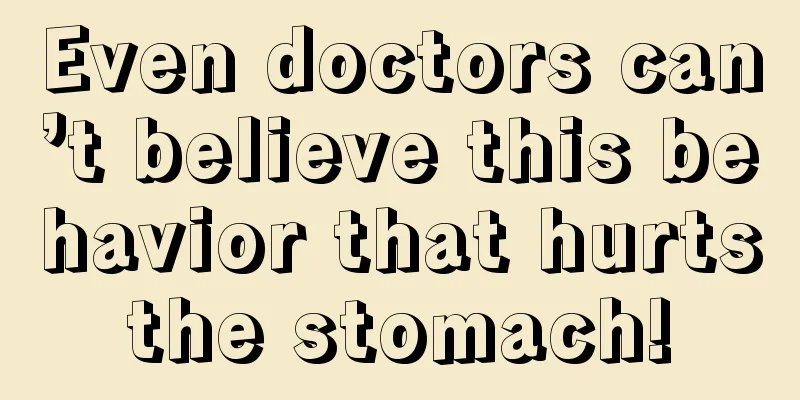Nursing of laparoscopic gallbladder surgery

|
Laparoscopic cholecystectomy is a minimally invasive surgical procedure that is a combination of modern high technology and traditional surgical techniques. Its biggest advantage is that there is no traditional abdominal surgical incision, thus avoiding the various injuries and discomforts caused by surgical incisions. Used to treat various gallbladder diseases, let’s take a look at the care of gallbladder laparoscopic surgery. 1. Indications Symptomatic gallbladder diseases: gallbladder stones, gallbladder polyps, chronic cholecystitis, early acute cholecystitis, etc. 2. Asymptomatic but with complications of gallbladder disease: accompanied by diabetes, cardiopulmonary dysfunction in the stable stage of the disease, 3. Gallbladder diseases that are likely to cause gallbladder cancer: gallbladder stones in patients over 60 years old, giant stones (diameter > 2cm), ceramic gallbladder, single gallbladder polyps with a diameter > 1cm, rapidly growing gallbladder polyps, polyps with a wide base, gallbladder neck polyps, etc. Second technical advantage 1. Small incision: The incision on the abdomen is small, 0.5cm to 1cm, and is called the "keyhole". 2. Mild pain: The patient feels little pain and basically no scars are left. The surgery is performed under intravenous anesthesia and the patient completes the surgery while sleeping. 3. Fast recovery: It greatly reduces the damage to organs and the interference with organ functions, shortening the postoperative recovery time. 4. Short hospitalization time: Generally, you can get out of bed 6-8 hours after the operation, eat after anal gas discharge 12-24 hours later, be discharged from the hospital in 3-5 days, and basically recover after a week, so the cost is relatively low. 5. Little bleeding: Almost no bleeding during the operation. Minimally invasive surgery provides a clearer field of view, allows for more precise blood vessel treatment, and uses advanced hemostatic devices such as ultrasonic scalpels to help reduce bleeding. Three postoperative precautions 1 After the operation, there may be brief vomiting or nausea due to the effect of anesthetics. Targeted drug treatment can be carried out under the guidance of a doctor. 8 hours after surgery, if there is no vomiting, you can drink 30-50 ml of water first. 2 You can get out of bed and move around 12 hours after the operation. If the medical staff does not inform you of any special restrictions, you can eat liquid food such as rice soup, porridge, etc. the next day, but avoid whole milk. After reading the above gallbladder abdominal surgery care, the indications and technical advantages are introduced. This surgery has more advantages than other traditional surgical methods. People are relatively more fond of this minimally invasive surgery. If any discomfort occurs after the operation, you should check it in time, cherish your health and stay away from diseases. Protect the gallbladder. Reduce the risk of illness, and even if you are sick, maintain a good attitude. |
<<: Diet sharing after appendectomy surgery
Recommend
Does it hurt to remove semi-permanent eyebrows
Semi-permanent eyebrows are a common method of ey...
What are the types of ovarian cancer
For patients with ovarian cancer, the key to trea...
Vitamin B6 cures bad breath
Whether you are a man or a woman, if you have bad...
Will you burn fat when you are hungry?
The human body should consume as little fat as po...
What methods can be used to treat ovarian tumors
Ovarian cysts, a type of ovarian tumor, have a mo...
What causes hiccups and lower back pain?
Many people will find that they have back pain wh...
What are the benefits of soaking Liangmianzhen in wine
Liangmianzhen is a common plant in bushes. It is ...
I feel drowsy and can't help myself
Everyone must get enough sleep every day, otherwi...
What is the principle of red and blue light treatment for acne?
Acne, also known as pimples, is common in adolesc...
How to wash moldy clothes
If clothes are not worn, they will definitely get...
Tips on how to eliminate body odor
Body odor is a small trouble that we often encoun...
Side effects of fluid extraction
The incidence of liver disease is very high now. ...
Should I use hot or cold compress for redness and swelling
Many people are confused about how to deal with s...
What is Mohs micrographic surgery for skin cancer
Mohs micrographic surgery for skin cancer is name...
What are the symptoms of leg artery embolism?
Everyone needs to pay attention to the symptoms o...









